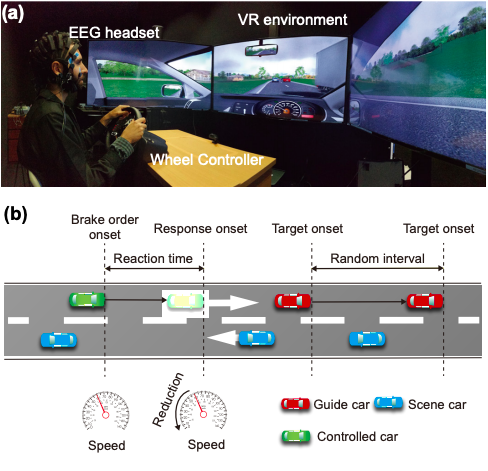
Although driving fatigue has long been recognized as one of the leading causes of fatal accidents worldwide, the underlying neural mechanisms remain largely unknown that impedes the developments of automatic detection techniques. This study investigated the effects of driving fatigue on the reorganization of dynamic functional connectivity (FC) through our newly developed temporal brain network analysis framework. EEG data were recorded from 20 healthy subjects (male/female = 15/5, age = 22.2±3.2 years) using a remote wireless cap with 24 channels. Temporal brain networks in the theta, alpha and beta were estimated using a sliding window approach and quantitatively compared between the most vigilant and fatigue states during a 90-min simulated driving experiment. Behaviorally, subjects demonstrated a salient driving fatigue effect as reflected by a monotonic increase of reaction time and speed variation. Furthermore, we found a significantly disintegrated spatiotemporal topology of dynamic FC as shown in reduced temporal global efficiency and increased temporal local efficiency at fatigue state. Specifically, we found localized changes of temporal closeness centrality mainly resided in the frontal and parietal areas. Finally, the changes of temporal network measures were associated with those of behavioral metrics. Our findings provide new insights into dynamic characteristics of functional connectivity during driving fatigue and demonstrate the potential for using temporal network metrics as reliable biomarkers for driving fatigue detection.

